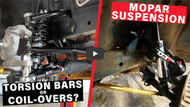Mopar Suspension Upgrades: Torsion Bars vs. Coil-overs
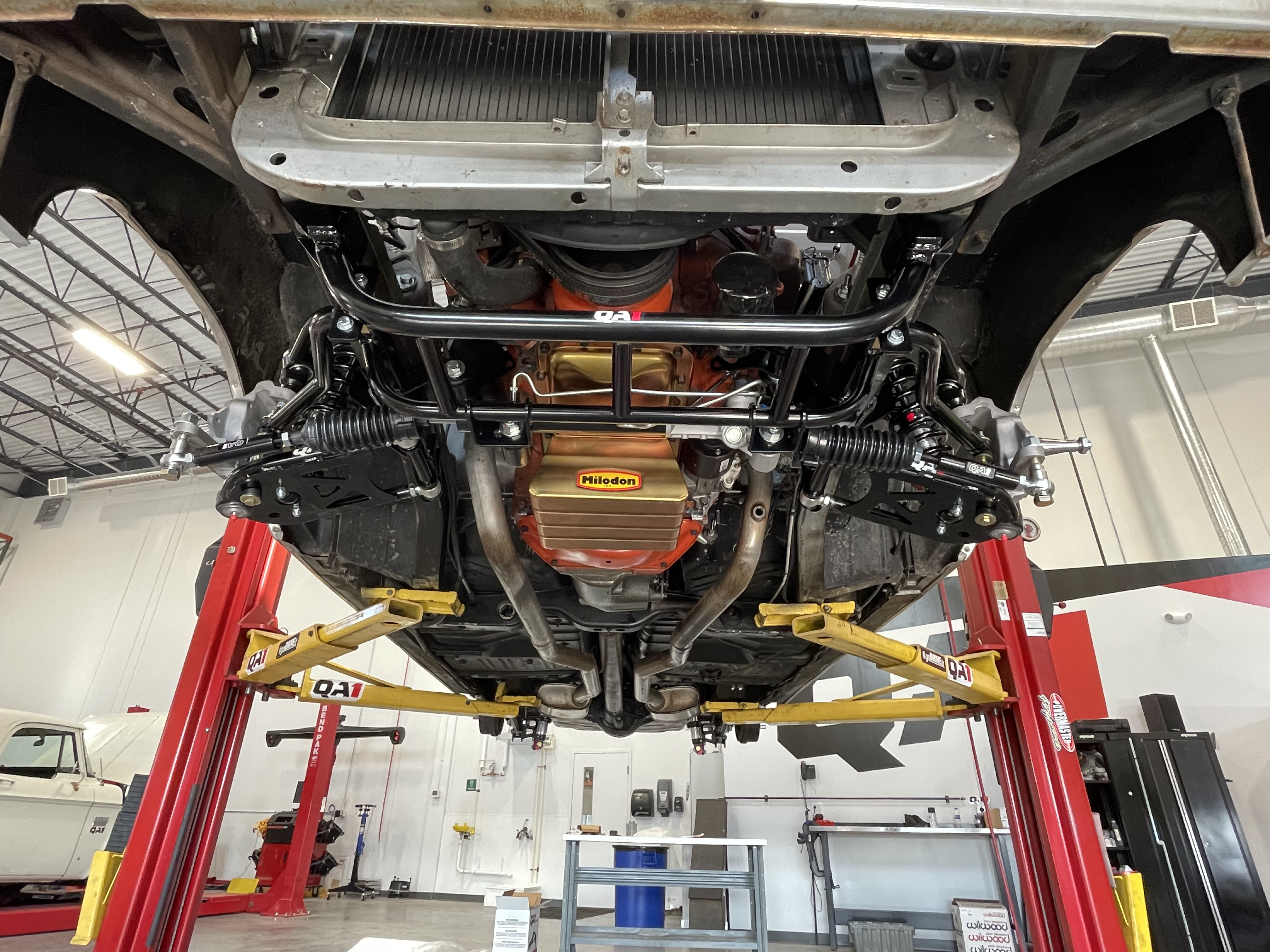 The torsion bar suspensions underpinning classic Mopar cars can be a divisive topic. In its heyday, the system was a solid design given the technology and engineering available. But by today’s standards, the old-school Mopar design feels exactly that: old school.
The torsion bar suspensions underpinning classic Mopar cars can be a divisive topic. In its heyday, the system was a solid design given the technology and engineering available. But by today’s standards, the old-school Mopar design feels exactly that: old school.
There are parts available, such as tubular control arms and tubular K-members, that make the most of your Mopar’s factory mounts. But upgrading to a coil-over conversion kit opens up a lot of opportunities the OE-style suspension can’t offer.
HEADER CLEARANCE
Stock Mopar K-members leave a lot to be desired. They’re heavy, bulky and don’t offer much flexibility for modern engine swaps. Converting to a coil-over suspension opens up a lot of possibilities—literally. Swapping to a tubular K-member and ditching the torsion bars in favor of control arms that accept coilovers significantly improves the packaging of your engine bay. That means it’s time to make more power with big-tube headers that let your engine breathe the way it’s always wanted to. It also makes room for modular motor mounts that open the door to many engines, such as Gen 3 Hemis.
ALIGNMENT RANGE OF ADJUSTMENT
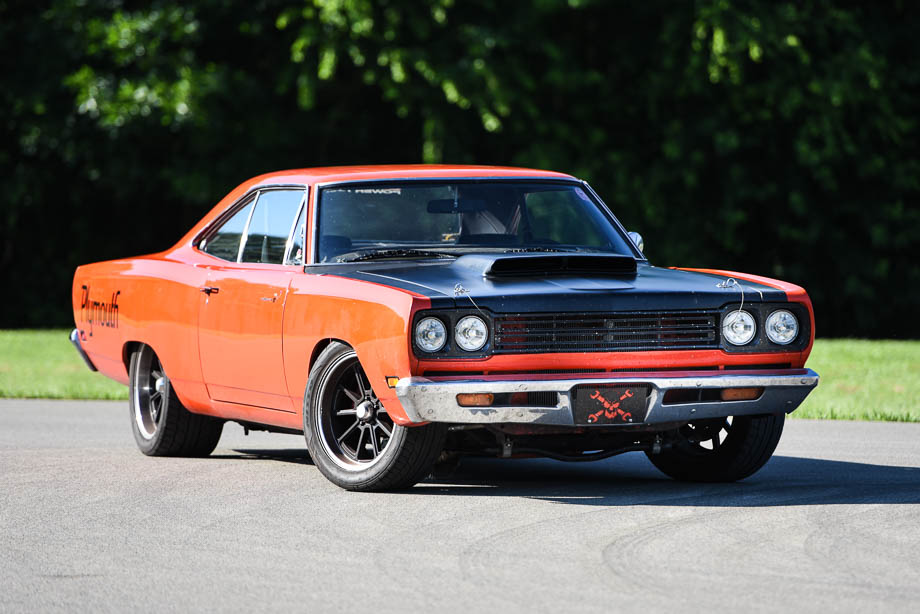
In the old days, your car’s stock alignment had two settings: yes or no. There wasn’t much adjustment available using stock components or mounts. It was much more of a set it and forget situation, using geometry that offered very little in the way of caster or camber flexibility.
While these settings are important for anyone who simply wants to cruise around while enjoying stable and responsive steering, they’re even more critical to enthusiasts and racers who push their vehicles to the limits. Camber plays a huge role in how your car behaves under hard cornering and caster is immensely important when it comes to straight line stability. If you plan to flog your vehicle on the track or run it through the cones at your local autocross, coil-overs quickly go from “nice to have” to essential.
RACK AND PINION STEERING
This benefit isn’t exclusive to Mopars or torsion bars. But converting to a Mopar coilover kit that uses rack and pinion steering will make your classic car feel like an entirely different vehicle. Very few (if any) steering boxes from the 1960s or '70s stack up to the modern rack-and-pinion systems we’ve grown accustomed to.
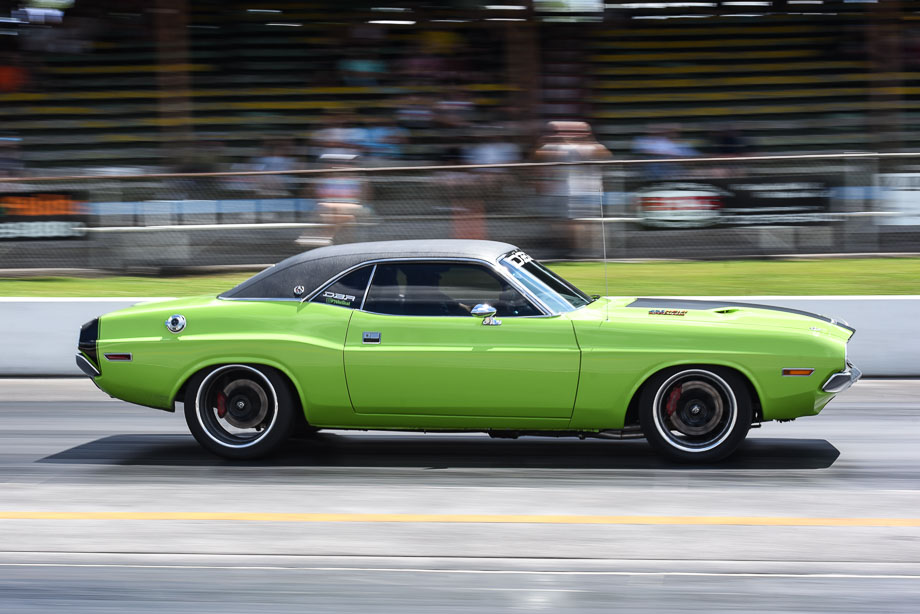
Upgrading to a coil-over conversion kit that gives you modern steering will help your car run down the road without that “am I about to cross the centerline?” worry flashing through your mind every time opposing traffic screams by.
SPRING RATE CHANGES
Have you ever tried to remove one of your torsion bars? At best, it’s not fun. At their worst, they can be an absolute nightmare or inspire you to grab the torch and cut them out. By switching to coil-overs, spring changes become a walk in the park. What could take a day (or days) with torsion bars becomes a 20-minute job.
When spring rate plays a pivotal role in the way your car rides and handles, that’s a big deal. Dialing in your spring rate can make all the difference between loving your vehicle or hating it. When pairing this ease of adjustment with your coil-over’s single- or double-adjustable shocks – finding that sweet spot gets a whole lot easier.
WEIGHT SAVINGS
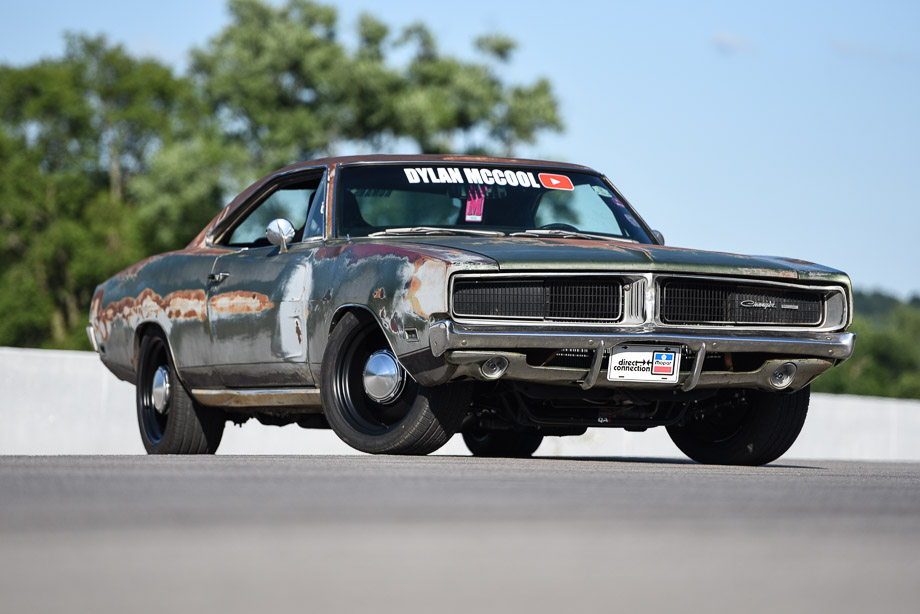
As mentioned, the original components that made up these front ends were not made with weight savings in mind. Upgrading from stamped steel to tubular components – both in the control arms and k member – help drastically when trying to get some of that bulk off the nose.
READY TO MAKE THE SWITCH?
Luckily, we offer bolt-in front coilover conversion kits for classic Mopar cars. With a weekend worth of work in the garage, you can give your classic Dodge, Plymouth or Chrysler a modern driving feel and suspension performance that rivals modern hot rods.
Check out our build series featuring a ’66 Dodge Charger to see what the install process is like.

